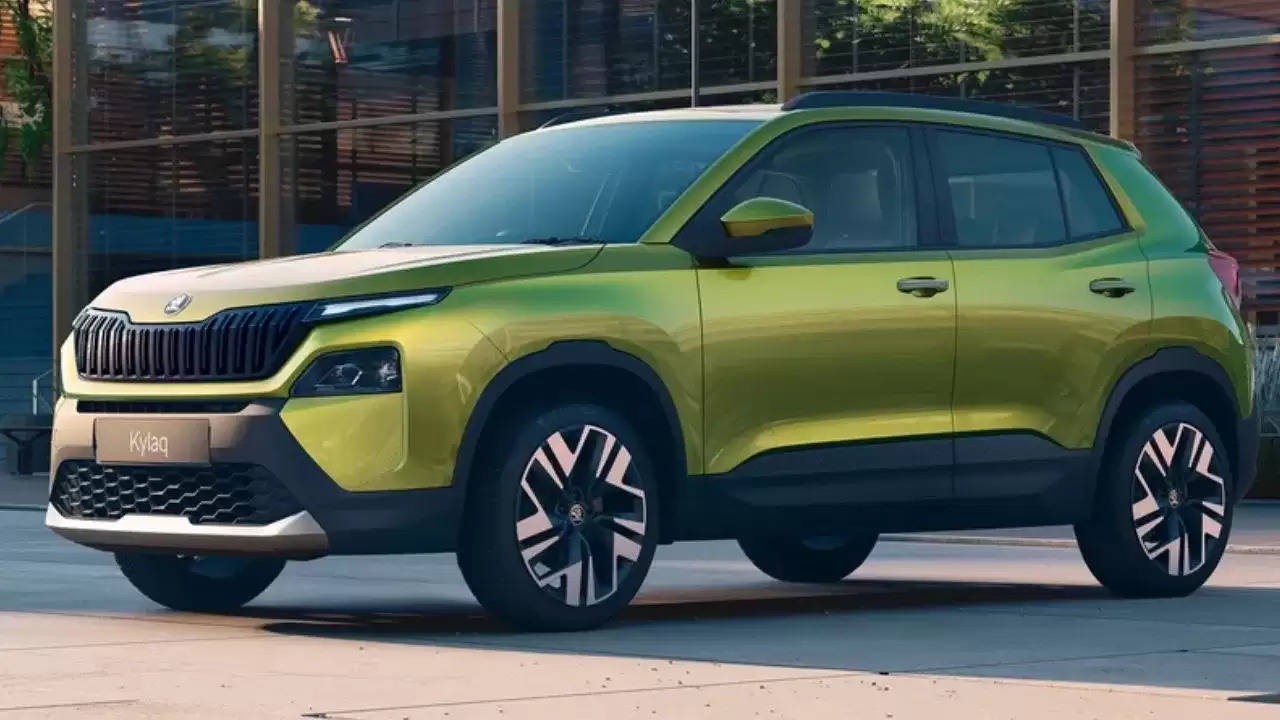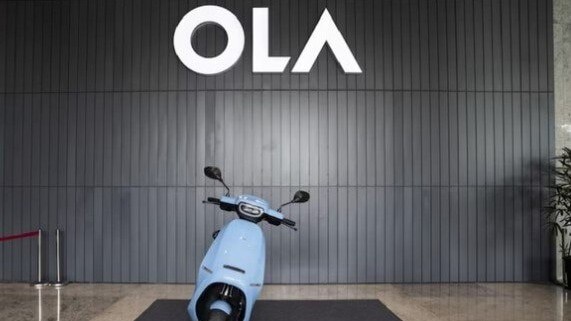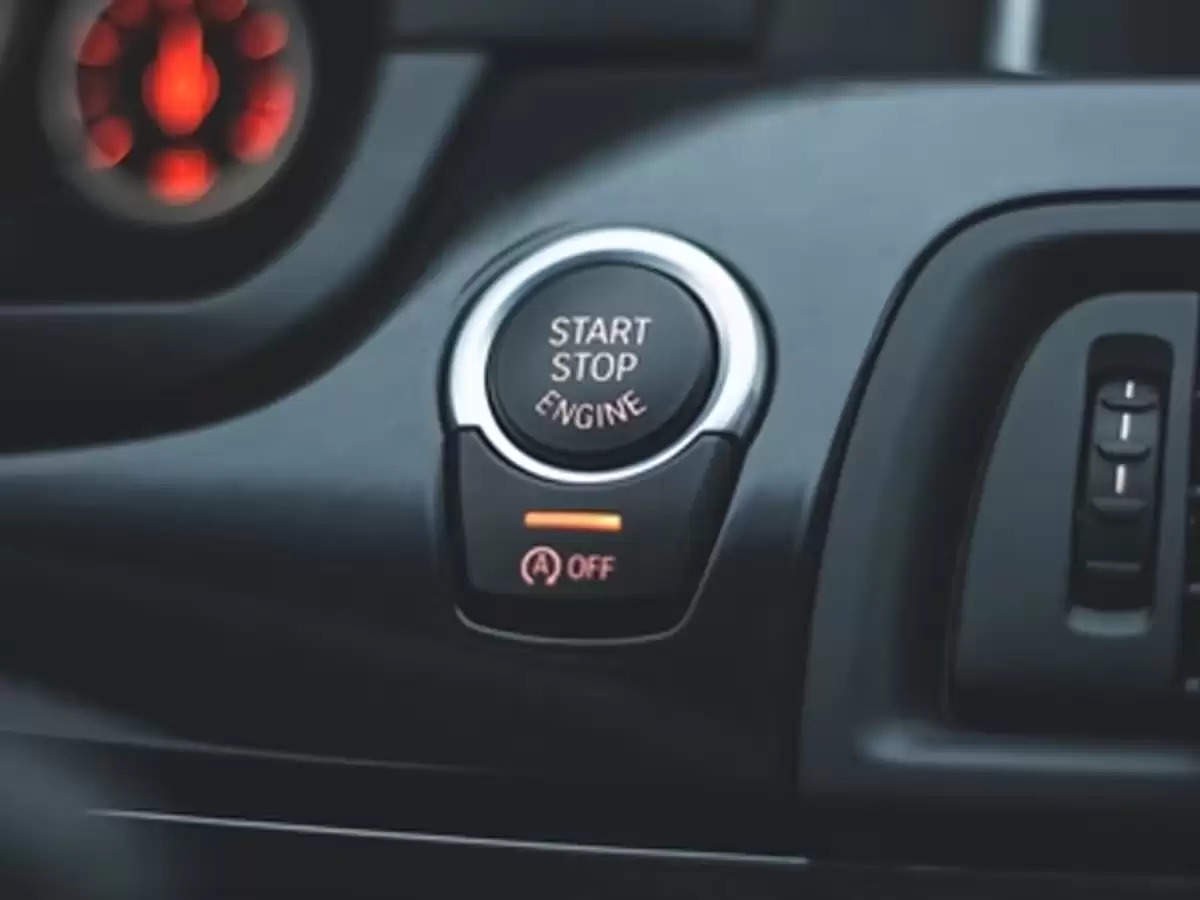The Indian government is planning to make significant changes to its Faster Adoption and Manufacturing of (Hybrid and) Electric Vehicles in India (FAME) scheme.
The Union Ministry of Heavy Industries is considering a 50% domestic value addition (DVA) requirement and removing PMP as part of the proposed FAME III.
The FAME II scheme, launched in 2019, had a budget of ₹10,000 crore. It was aimed at supporting 7,000 e-buses, 5 lakh e-3 Wheelers, 55,000 e-passenger cars and 10 lakh e-two wheelers over three years. By December 2023, over 12 lakh vehicles had been subsidised at a cost of ₹5,422 crore.
According to media reports, the FAME II scheme is likely to see additional resources be allotted in the interim budget, but not before the finance ministry’s approval. It is estimated that FICCI’s proposed FAME III scheme would require an outlay of over ₹30,000 crore over the next 5 years.
However, sources in the government are of the view that electric 2-wheeler makers are the largest beneficiaries of the FAME scheme and do not require government support anymore. Instead, investment should be made to develop the ecosystem to support e-mobility.
In addition to the FAME III scheme, the Indian government plans to replace 800,000 diesel buses with electric ones over the next seven years. As per an ET report, this plan aims to transform the public transport system, contribute to environmental sustainability initiatives, and boost the electric vehicle (EV) sector in India.
The strategy involves deploying 2,00,000 electric buses for state transport undertakings (STUs), 5,50,000 for private operators, and 50,000 for schools and employee transportation by 2030. This will not only address environmental concerns but also contribute to building India’s EV sector, aligning with the broader FAME incentive programme.
The government is holding talks with stakeholders to finalise the details of the scheme, which may be announced in the current financial year. Currently, around 4,000 electric buses are operational on Indian roads, compared to 2.3 million diesel and CNG buses.
Furthermore, the government has also reduced the subsidy per kilowatt hour (kWh) of battery capacity under FAME II starting in June. The total amount allocated towards providing incentives for eco-friendly vehicles has been increased to ₹3,500 crore from the current ₹2,000 crore, but the subsidy per kWh of battery capacity has been reduced from ₹15,000 to ₹10,000 per electric two-wheeler.
In 2023, the government investigated complaints of non-compliance with PMP norms. The investigation found that six two-wheeler FAME II beneficiaries—Hero Electric, Okinawa Autotech, Ampere EV, Revolt Intellicorp, Benling India and AMO Mobility Solutions—violated the norms. After the investigation,
The Indian automobile industry, which includes two- and three-wheelers, passenger vehicles (cars, utility vehicles and vans), and commercial vehicles, had a successful 2023. According to Vahan retail sales data on December 31, 2023, India Auto Inc. registered total sales of 23,9 million units, an increase of 11% on 2022’s 21.57 million units.
The rapid growth in EV sales numbers is reflected in the segment’s growing share of total automobile sales in India. From just a 0.01% share in 2014, EV sales have risen to 6.38% in 023.
Combined sales of electric two-wheelers (8,57,052 units, up 36%) and three-wheelers (5,81,696 units, up 66%) accounted for an overwhelming 94.25% of the Indian EV market in 2023, with electric cars, SUVs and MPVs (81,602 units, up 113%) contributing 5.34% and commercial vehicles (5,423 units, up 106%), making up for a 0.35% share.





